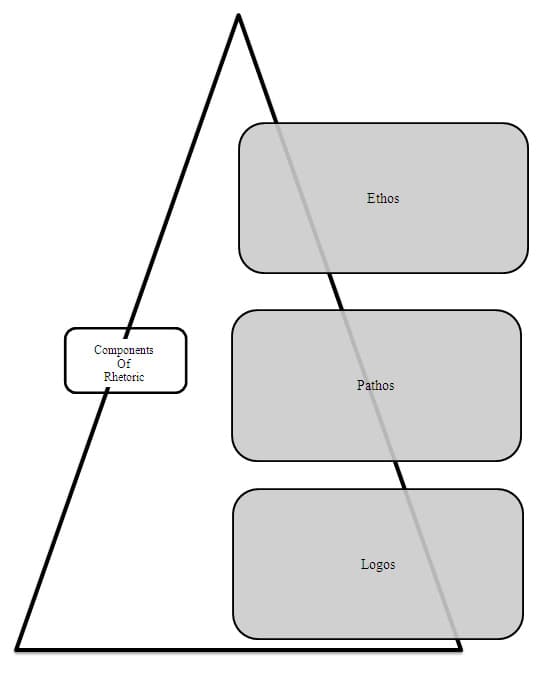Appendix B: Examples of Work
Name _________________________________________________ Date __________
Ancient Greece Graphic Organizer
| Socrates | Aristotle | Plato |
| Who: |
Who: |
Who: |
| When: |
When: |
When: |
| Contribution: |
Contribution: |
Contribution: |
Name ___________________________________________ Date ________________
Components of Rhetoric Graphic Organizer


Comments: